Di Tang
One Surrogate to Fool Them All: Universal, Transferable, and Targeted Adversarial Attacks with CLIP
May 26, 2025Abstract:Deep Neural Networks (DNNs) have achieved widespread success yet remain prone to adversarial attacks. Typically, such attacks either involve frequent queries to the target model or rely on surrogate models closely mirroring the target model -- often trained with subsets of the target model's training data -- to achieve high attack success rates through transferability. However, in realistic scenarios where training data is inaccessible and excessive queries can raise alarms, crafting adversarial examples becomes more challenging. In this paper, we present UnivIntruder, a novel attack framework that relies solely on a single, publicly available CLIP model and publicly available datasets. By using textual concepts, UnivIntruder generates universal, transferable, and targeted adversarial perturbations that mislead DNNs into misclassifying inputs into adversary-specified classes defined by textual concepts. Our extensive experiments show that our approach achieves an Attack Success Rate (ASR) of up to 85% on ImageNet and over 99% on CIFAR-10, significantly outperforming existing transfer-based methods. Additionally, we reveal real-world vulnerabilities, showing that even without querying target models, UnivIntruder compromises image search engines like Google and Baidu with ASR rates up to 84%, and vision language models like GPT-4 and Claude-3.5 with ASR rates up to 80%. These findings underscore the practicality of our attack in scenarios where traditional avenues are blocked, highlighting the need to reevaluate security paradigms in AI applications.
DanceCamera3D: 3D Camera Movement Synthesis with Music and Dance
Mar 20, 2024



Abstract:Choreographers determine what the dances look like, while cameramen determine the final presentation of dances. Recently, various methods and datasets have showcased the feasibility of dance synthesis. However, camera movement synthesis with music and dance remains an unsolved challenging problem due to the scarcity of paired data. Thus, we present DCM, a new multi-modal 3D dataset, which for the first time combines camera movement with dance motion and music audio. This dataset encompasses 108 dance sequences (3.2 hours) of paired dance-camera-music data from the anime community, covering 4 music genres. With this dataset, we uncover that dance camera movement is multifaceted and human-centric, and possesses multiple influencing factors, making dance camera synthesis a more challenging task compared to camera or dance synthesis alone. To overcome these difficulties, we propose DanceCamera3D, a transformer-based diffusion model that incorporates a novel body attention loss and a condition separation strategy. For evaluation, we devise new metrics measuring camera movement quality, diversity, and dancer fidelity. Utilizing these metrics, we conduct extensive experiments on our DCM dataset, providing both quantitative and qualitative evidence showcasing the effectiveness of our DanceCamera3D model. Code and video demos are available at https://github.com/Carmenw1203/DanceCamera3D-Official.
Gradient Shaping: Enhancing Backdoor Attack Against Reverse Engineering
Jan 29, 2023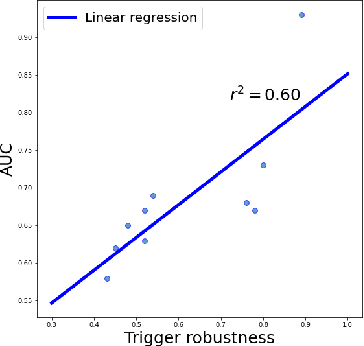
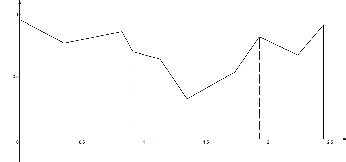
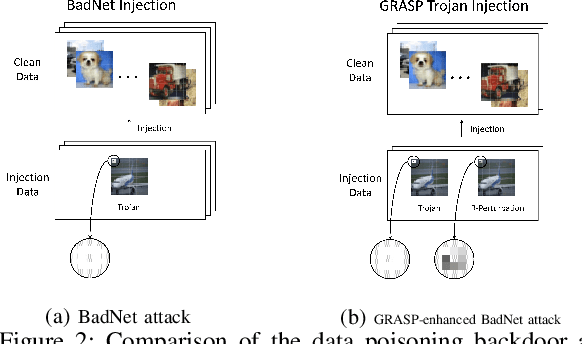
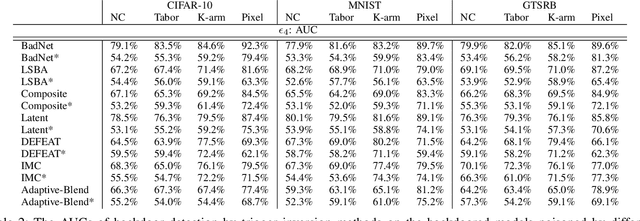
Abstract:Most existing methods to detect backdoored machine learning (ML) models take one of the two approaches: trigger inversion (aka. reverse engineer) and weight analysis (aka. model diagnosis). In particular, the gradient-based trigger inversion is considered to be among the most effective backdoor detection techniques, as evidenced by the TrojAI competition, Trojan Detection Challenge and backdoorBench. However, little has been done to understand why this technique works so well and, more importantly, whether it raises the bar to the backdoor attack. In this paper, we report the first attempt to answer this question by analyzing the change rate of the backdoored model around its trigger-carrying inputs. Our study shows that existing attacks tend to inject the backdoor characterized by a low change rate around trigger-carrying inputs, which are easy to capture by gradient-based trigger inversion. In the meantime, we found that the low change rate is not necessary for a backdoor attack to succeed: we design a new attack enhancement called \textit{Gradient Shaping} (GRASP), which follows the opposite direction of adversarial training to reduce the change rate of a backdoored model with regard to the trigger, without undermining its backdoor effect. Also, we provide a theoretic analysis to explain the effectiveness of this new technique and the fundamental weakness of gradient-based trigger inversion. Finally, we perform both theoretical and experimental analysis, showing that the GRASP enhancement does not reduce the effectiveness of the stealthy attacks against the backdoor detection methods based on weight analysis, as well as other backdoor mitigation methods without using detection.
Selective Amnesia: On Efficient, High-Fidelity and Blind Suppression of Backdoor Effects in Trojaned Machine Learning Models
Dec 09, 2022Abstract:In this paper, we present a simple yet surprisingly effective technique to induce "selective amnesia" on a backdoored model. Our approach, called SEAM, has been inspired by the problem of catastrophic forgetting (CF), a long standing issue in continual learning. Our idea is to retrain a given DNN model on randomly labeled clean data, to induce a CF on the model, leading to a sudden forget on both primary and backdoor tasks; then we recover the primary task by retraining the randomized model on correctly labeled clean data. We analyzed SEAM by modeling the unlearning process as continual learning and further approximating a DNN using Neural Tangent Kernel for measuring CF. Our analysis shows that our random-labeling approach actually maximizes the CF on an unknown backdoor in the absence of triggered inputs, and also preserves some feature extraction in the network to enable a fast revival of the primary task. We further evaluated SEAM on both image processing and Natural Language Processing tasks, under both data contamination and training manipulation attacks, over thousands of models either trained on popular image datasets or provided by the TrojAI competition. Our experiments show that SEAM vastly outperforms the state-of-the-art unlearning techniques, achieving a high Fidelity (measuring the gap between the accuracy of the primary task and that of the backdoor) within a few minutes (about 30 times faster than training a model from scratch using the MNIST dataset), with only a small amount of clean data (0.1% of training data for TrojAI models).
Understanding Impacts of Task Similarity on Backdoor Attack and Detection
Oct 12, 2022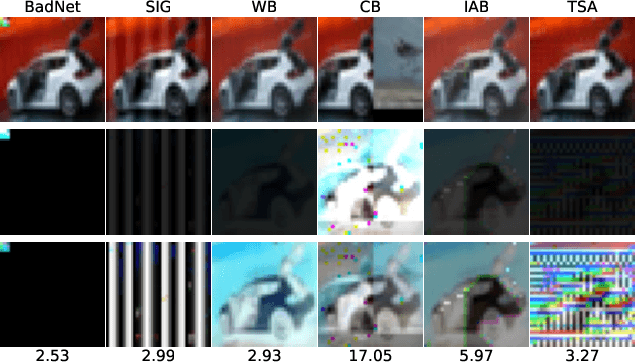

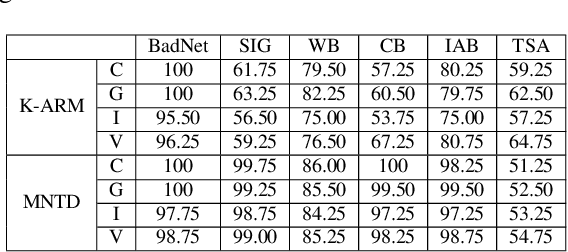
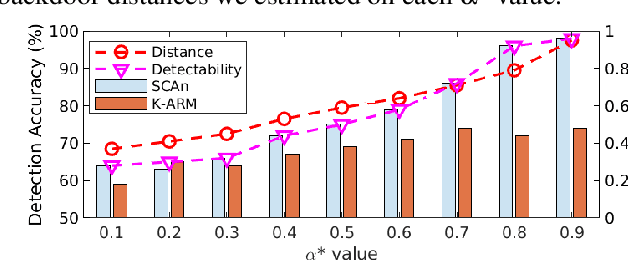
Abstract:With extensive studies on backdoor attack and detection, still fundamental questions are left unanswered regarding the limits in the adversary's capability to attack and the defender's capability to detect. We believe that answers to these questions can be found through an in-depth understanding of the relations between the primary task that a benign model is supposed to accomplish and the backdoor task that a backdoored model actually performs. For this purpose, we leverage similarity metrics in multi-task learning to formally define the backdoor distance (similarity) between the primary task and the backdoor task, and analyze existing stealthy backdoor attacks, revealing that most of them fail to effectively reduce the backdoor distance and even for those that do, still much room is left to further improve their stealthiness. So we further design a new method, called TSA attack, to automatically generate a backdoor model under a given distance constraint, and demonstrate that our new attack indeed outperforms existing attacks, making a step closer to understanding the attacker's limits. Most importantly, we provide both theoretic results and experimental evidence on various datasets for the positive correlation between the backdoor distance and backdoor detectability, demonstrating that indeed our task similarity analysis help us better understand backdoor risks and has the potential to identify more effective mitigations.
Order-Disorder: Imitation Adversarial Attacks for Black-box Neural Ranking Models
Sep 14, 2022



Abstract:Neural text ranking models have witnessed significant advancement and are increasingly being deployed in practice. Unfortunately, they also inherit adversarial vulnerabilities of general neural models, which have been detected but remain underexplored by prior studies. Moreover, the inherit adversarial vulnerabilities might be leveraged by blackhat SEO to defeat better-protected search engines. In this study, we propose an imitation adversarial attack on black-box neural passage ranking models. We first show that the target passage ranking model can be transparentized and imitated by enumerating critical queries/candidates and then train a ranking imitation model. Leveraging the ranking imitation model, we can elaborately manipulate the ranking results and transfer the manipulation attack to the target ranking model. For this purpose, we propose an innovative gradient-based attack method, empowered by the pairwise objective function, to generate adversarial triggers, which causes premeditated disorderliness with very few tokens. To equip the trigger camouflages, we add the next sentence prediction loss and the language model fluency constraint to the objective function. Experimental results on passage ranking demonstrate the effectiveness of the ranking imitation attack model and adversarial triggers against various SOTA neural ranking models. Furthermore, various mitigation analyses and human evaluation show the effectiveness of camouflages when facing potential mitigation approaches. To motivate other scholars to further investigate this novel and important problem, we make the experiment data and code publicly available.
Query-Free Attacks on Industry-Grade Face Recognition Systems under Resource Constraints
Aug 22, 2018
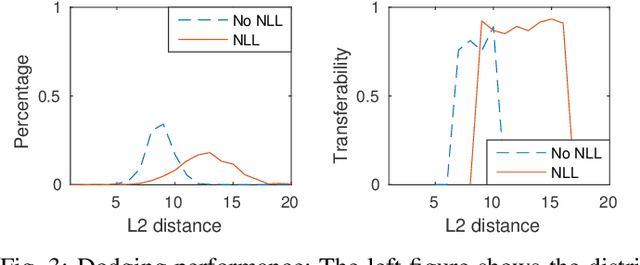
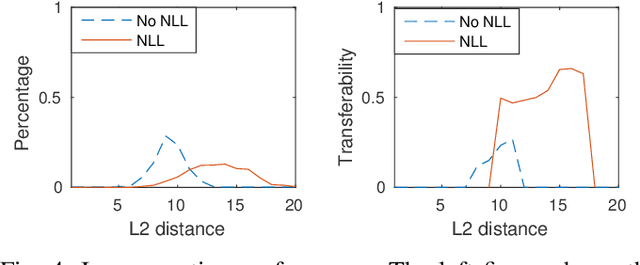

Abstract:To launch black-box attacks against a Deep Neural Network (DNN) based Face Recognition (FR) system, one needs to build \textit{substitute} models to simulate the target model, so the adversarial examples discovered from substitute models could also mislead the target model. Such \textit{transferability} is achieved in recent studies through querying the target model to obtain data for training the substitute models. A real-world target, likes the FR system of law enforcement, however, is less accessible to the adversary. To attack such a system, a substitute model with similar quality as the target model is needed to identify their common defects. This is hard since the adversary often does not have the enough resources to train such a powerful model (hundreds of millions of images and rooms of GPUs are needed to train a commercial FR system). We found in our research, however, that a resource-constrained adversary could still effectively approximate the target model's capability to recognize \textit{specific} individuals, by training \textit{biased} substitute models on additional images of those victims whose identities the attacker want to cover or impersonate. This is made possible by a new property we discovered, called \textit{Nearly Local Linearity} (NLL), which models the observation that an ideal DNN model produces the image representations (embeddings) whose distances among themselves truthfully describe the human perception of the differences among the input images. By simulating this property around the victim's images, we significantly improve the transferability of black-box impersonation attacks by nearly 50\%. Particularly, we successfully attacked a commercial system trained over 20 million images, using 4 million images and 1/5 of the training time but achieving 62\% transferability in an impersonation attack and 89\% in a dodging attack.
Face Flashing: a Secure Liveness Detection Protocol based on Light Reflections
Aug 22, 2018


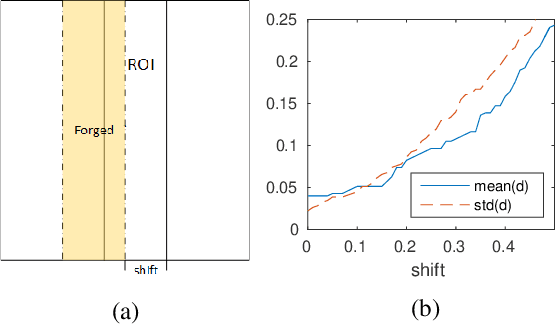
Abstract:Face authentication systems are becoming increasingly prevalent, especially with the rapid development of Deep Learning technologies. However, human facial information is easy to be captured and reproduced, which makes face authentication systems vulnerable to various attacks. Liveness detection is an important defense technique to prevent such attacks, but existing solutions did not provide clear and strong security guarantees, especially in terms of time. To overcome these limitations, we propose a new liveness detection protocol called Face Flashing that significantly increases the bar for launching successful attacks on face authentication systems. By randomly flashing well-designed pictures on a screen and analyzing the reflected light, our protocol has leveraged physical characteristics of human faces: reflection processing at the speed of light, unique textual features, and uneven 3D shapes. Cooperating with working mechanism of the screen and digital cameras, our protocol is able to detect subtle traces left by an attacking process. To demonstrate the effectiveness of Face Flashing, we implemented a prototype and performed thorough evaluations with large data set collected from real-world scenarios. The results show that our Timing Verification can effectively detect the time gap between legitimate authentications and malicious cases. Our Face Verification can also differentiate 2D plane from 3D objects accurately. The overall accuracy of our liveness detection system is 98.8\%, and its robustness was evaluated in different scenarios. In the worst case, our system's accuracy decreased to a still-high 97.3\%.
 Add to Chrome
Add to Chrome Add to Firefox
Add to Firefox Add to Edge
Add to Edge